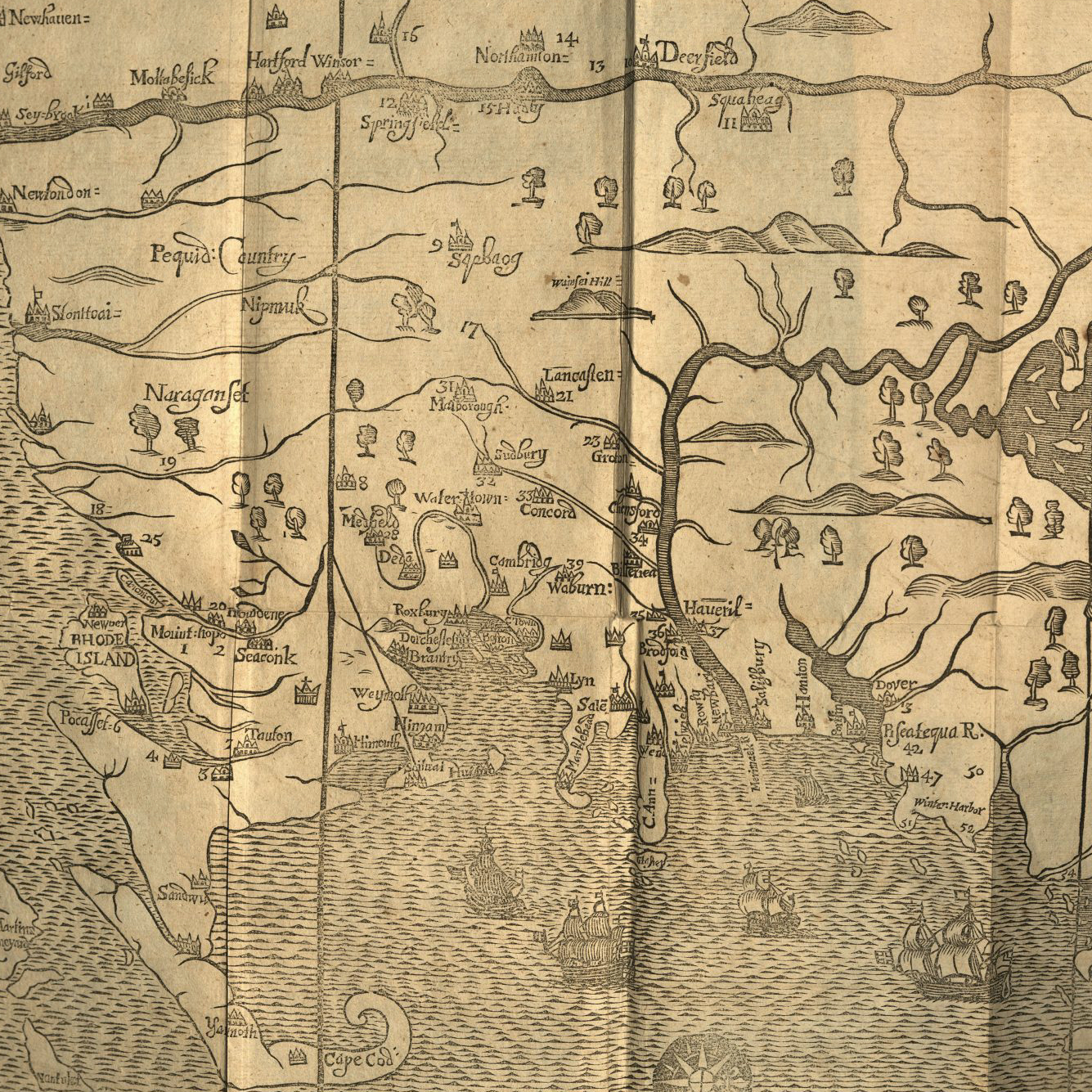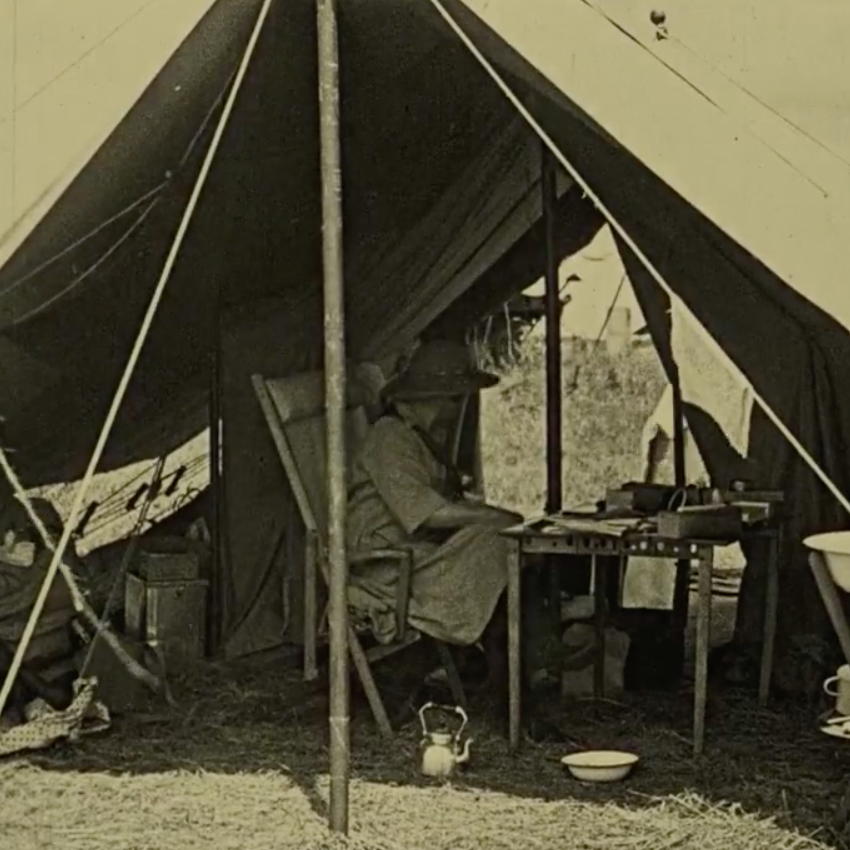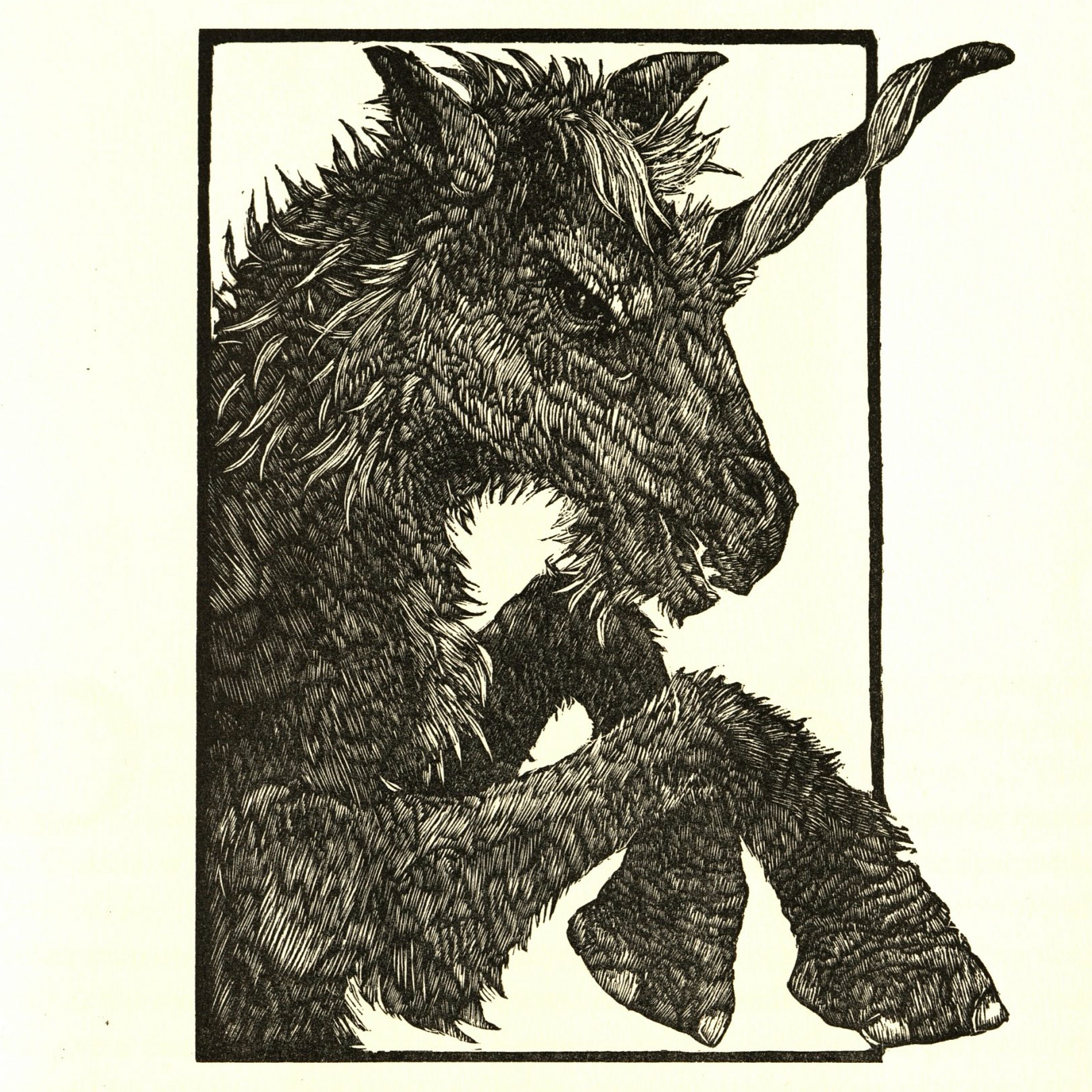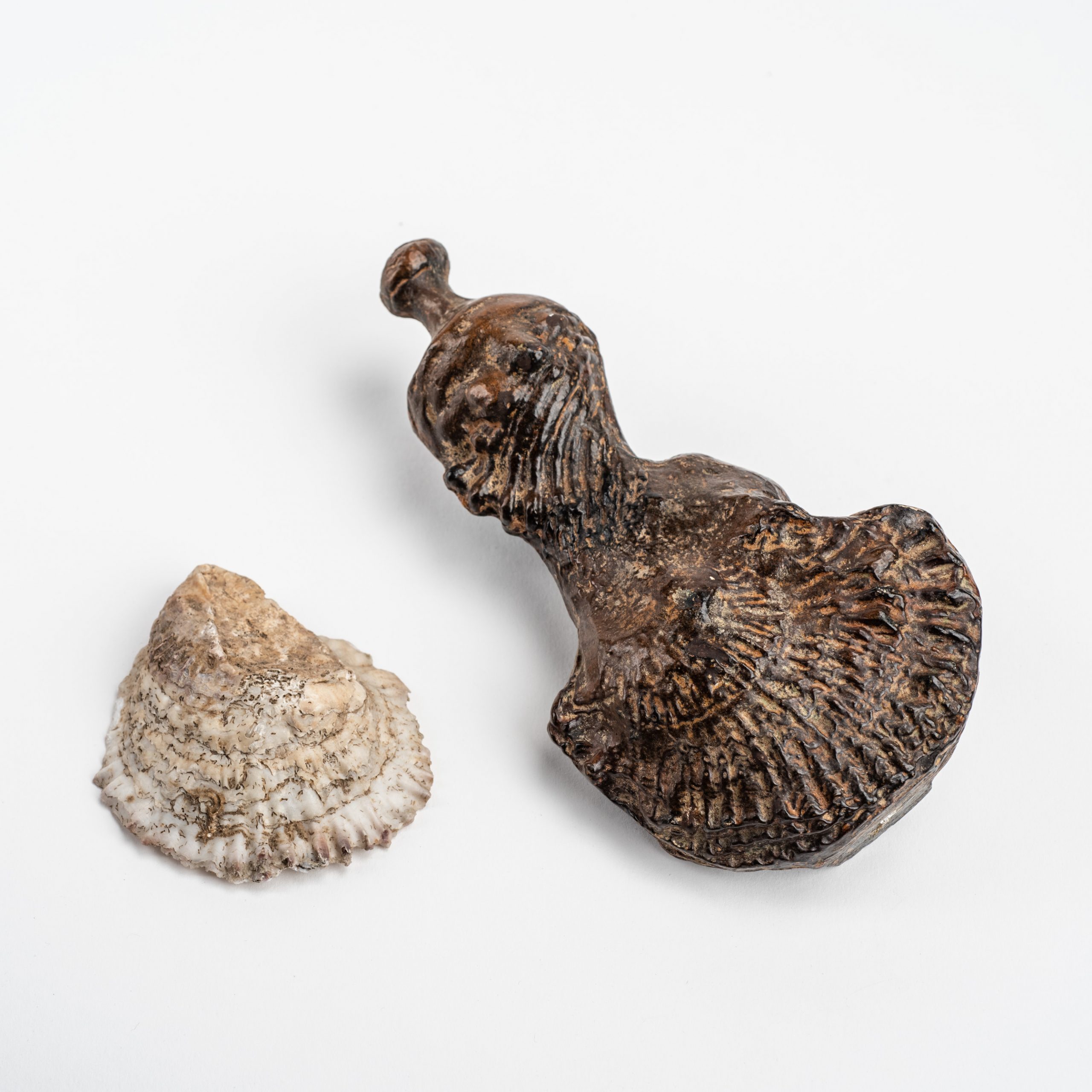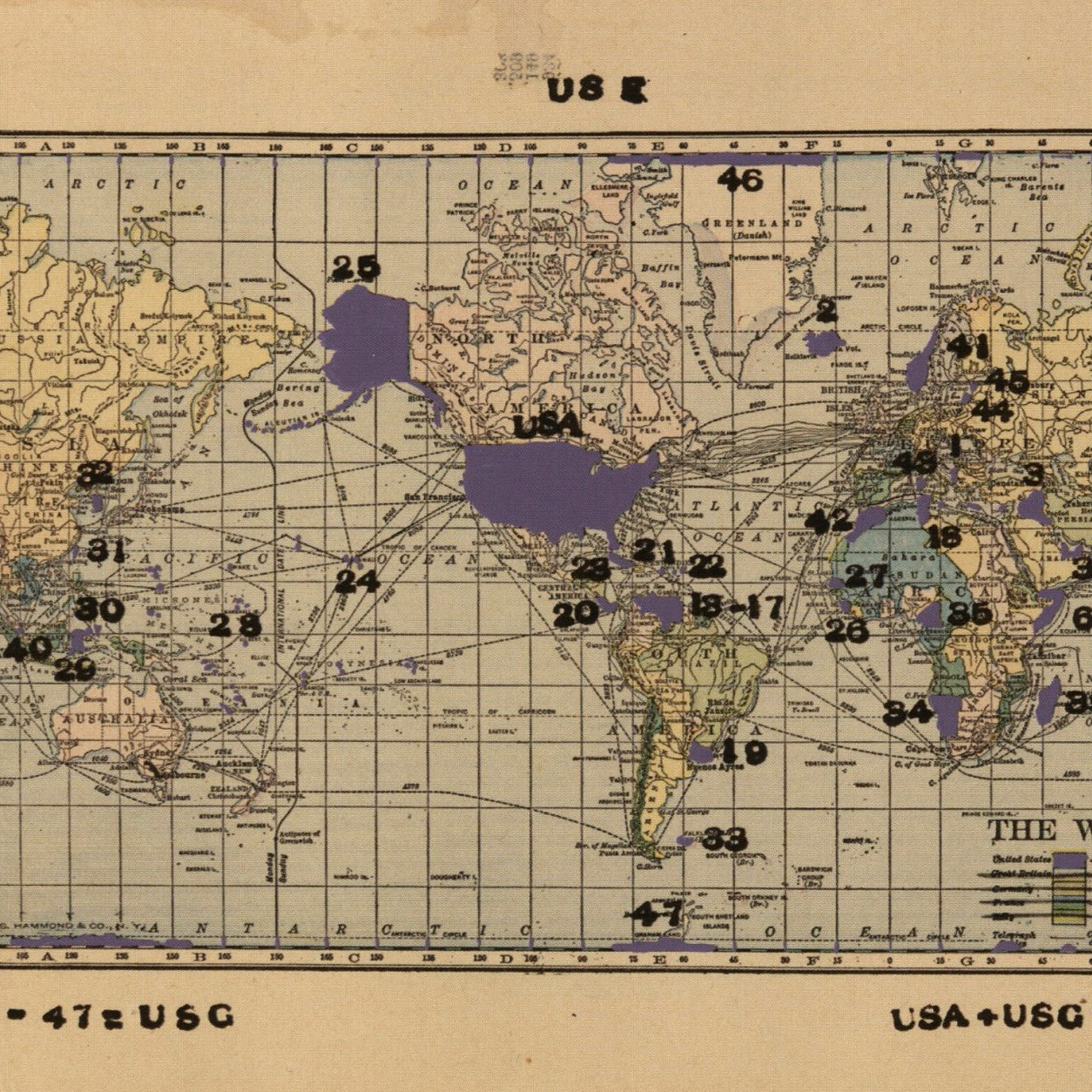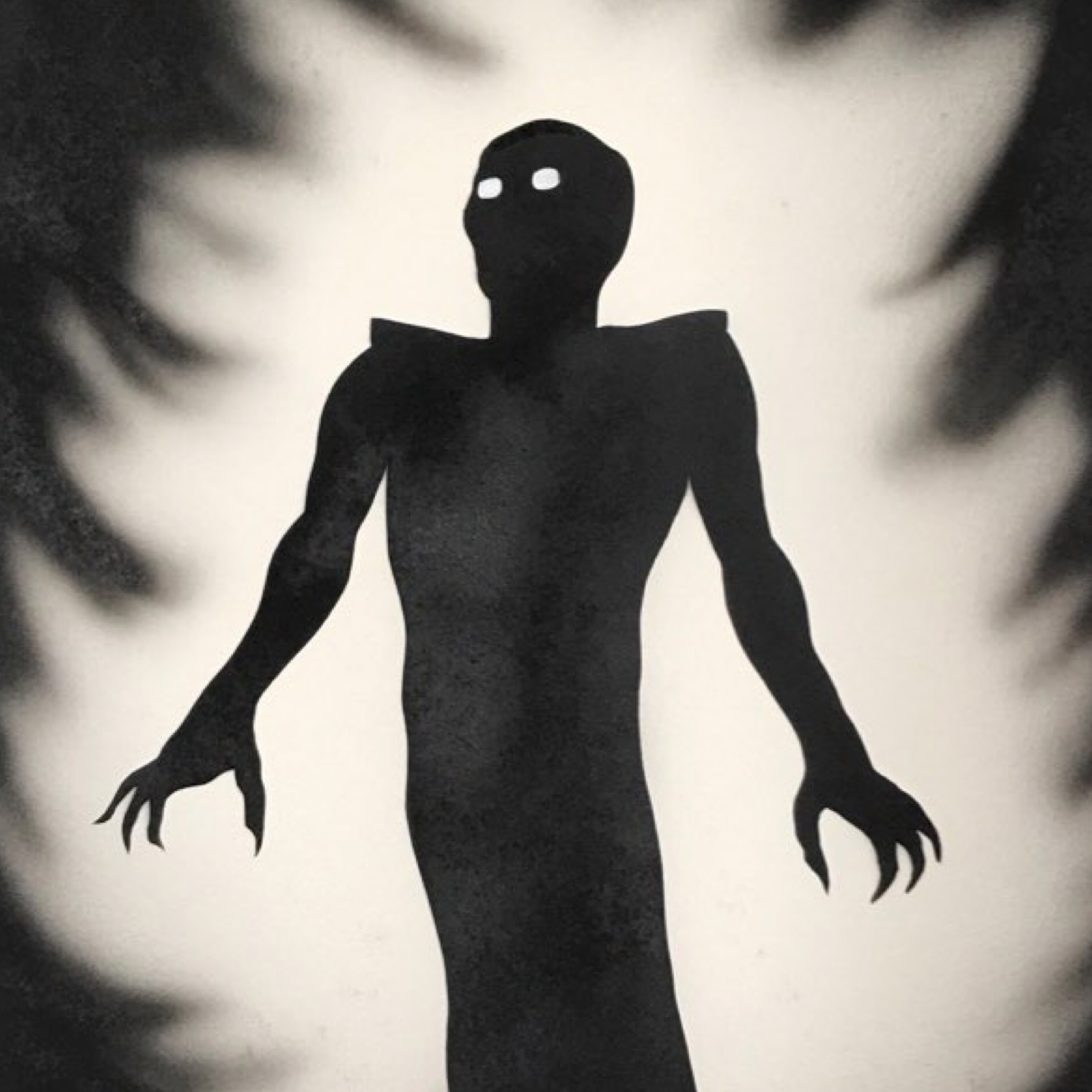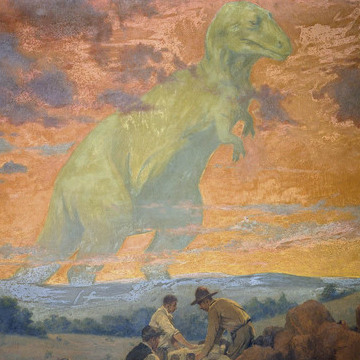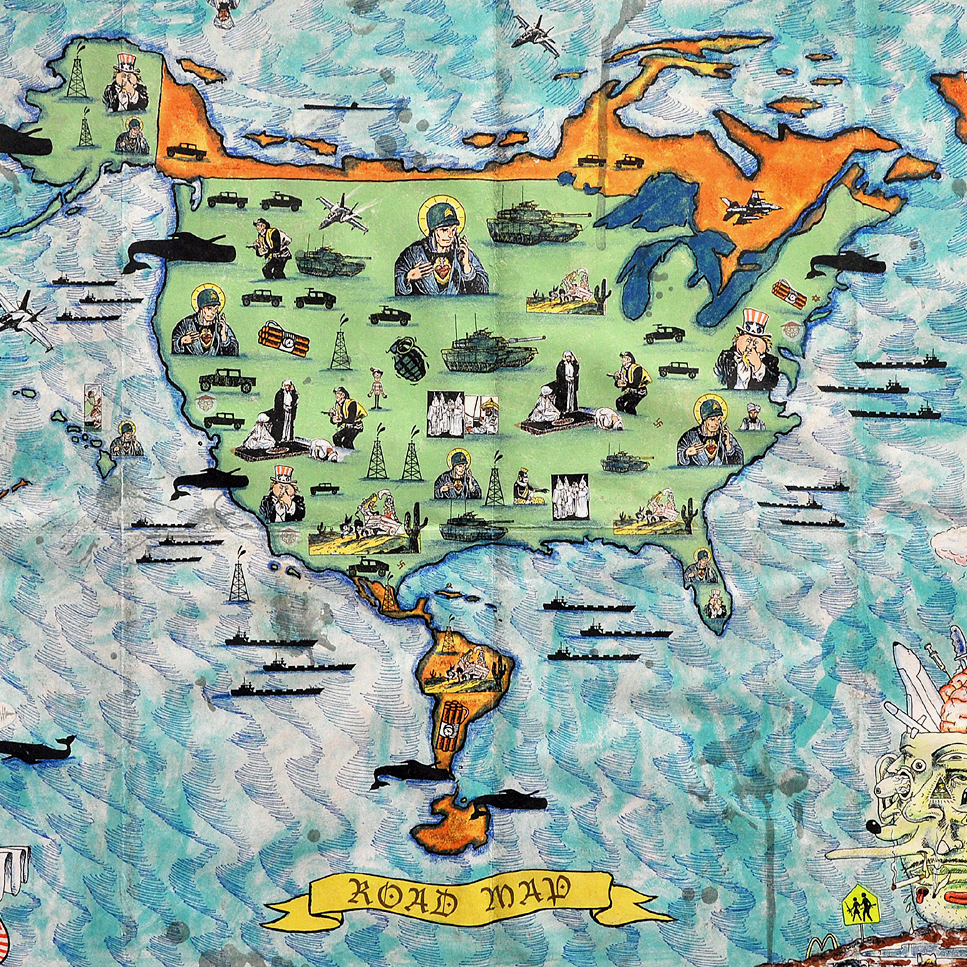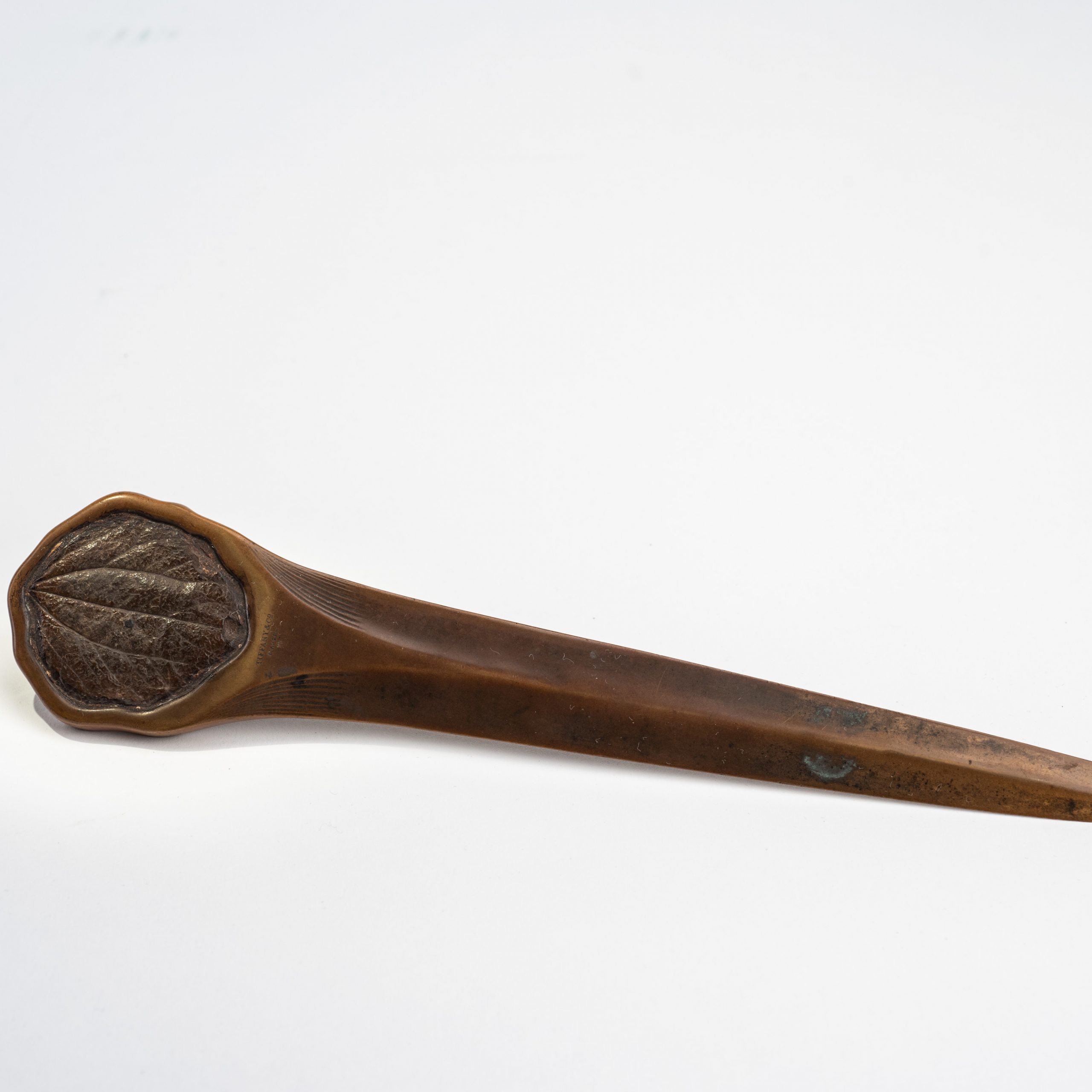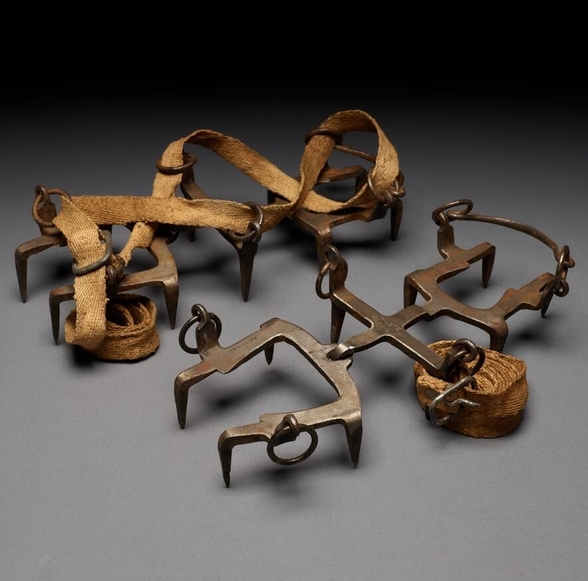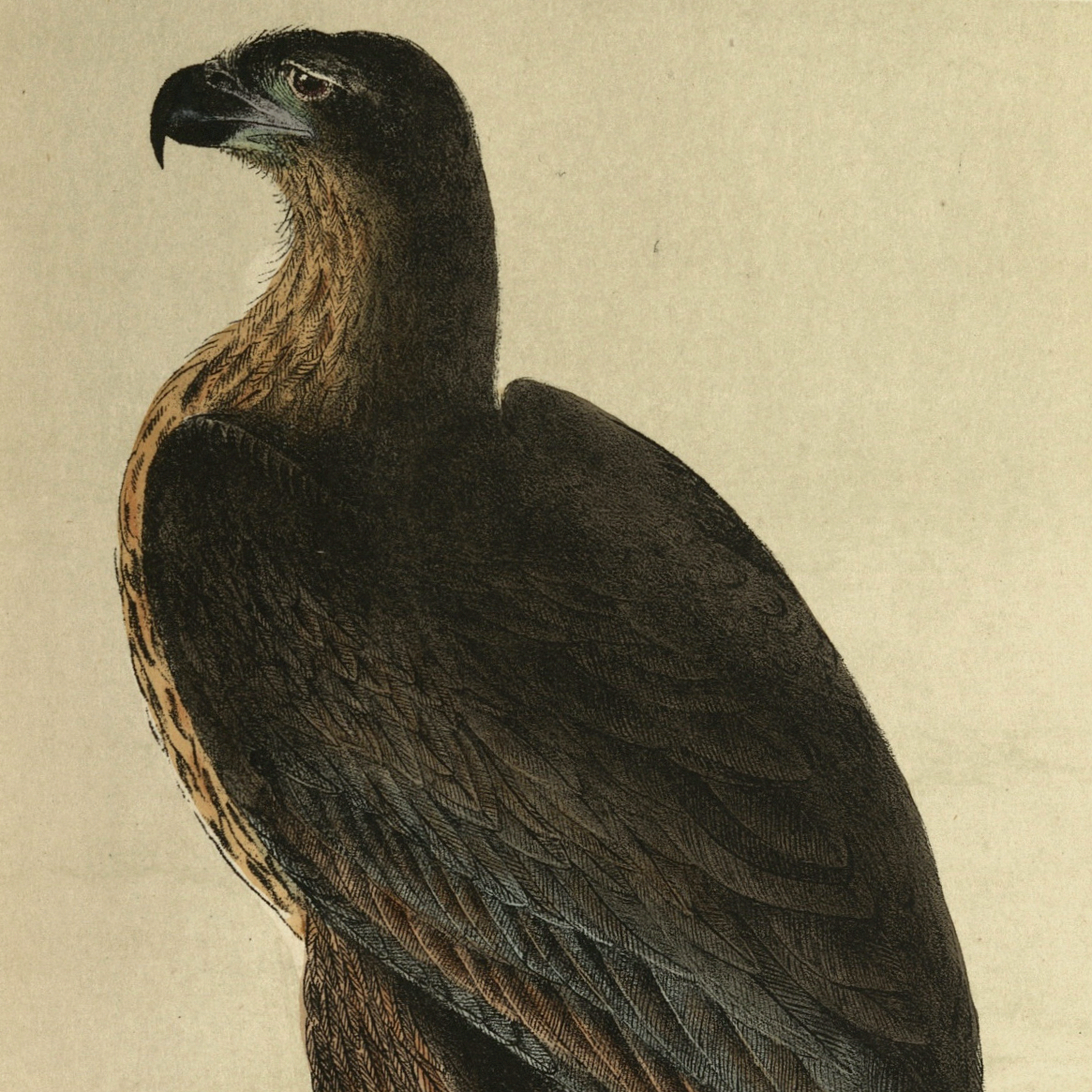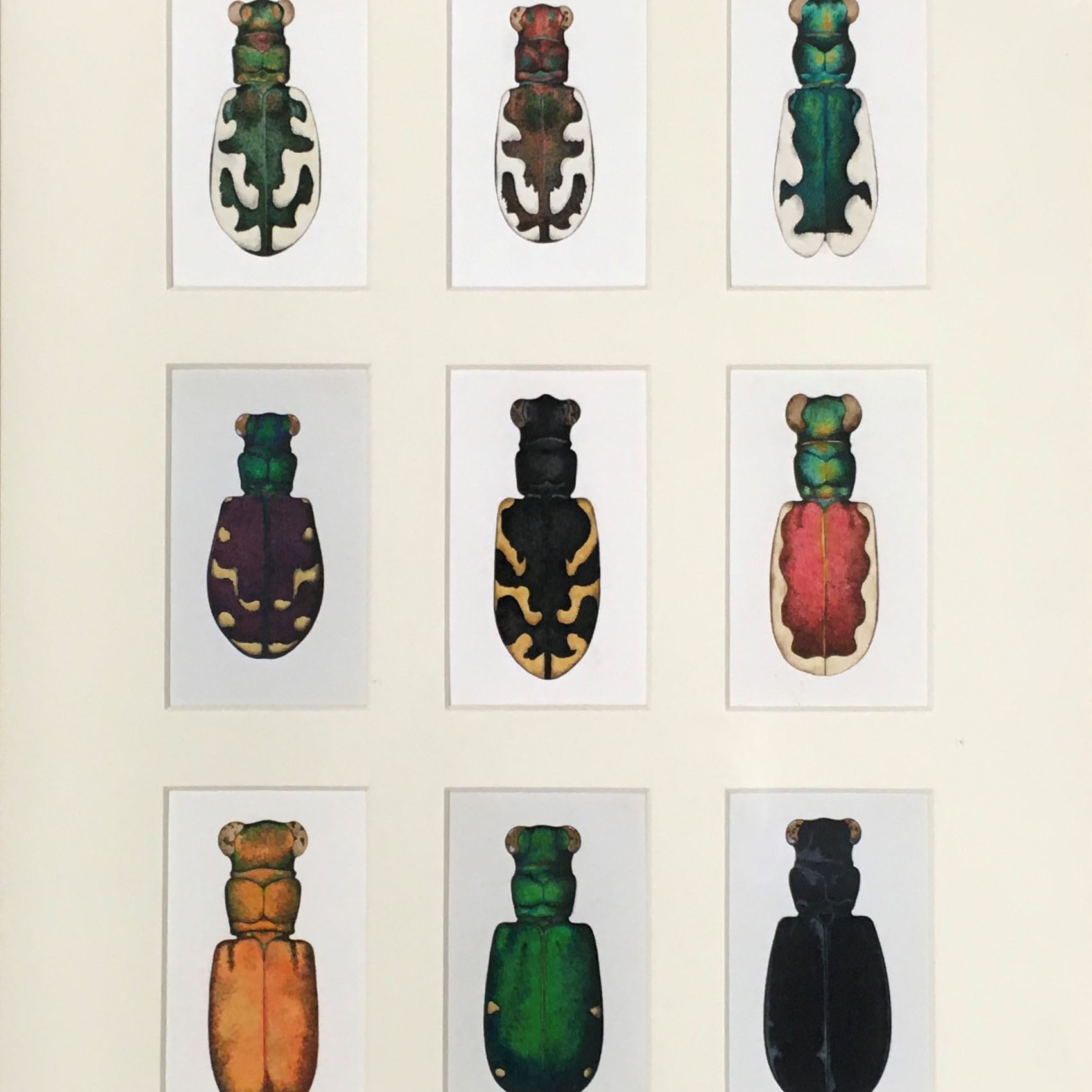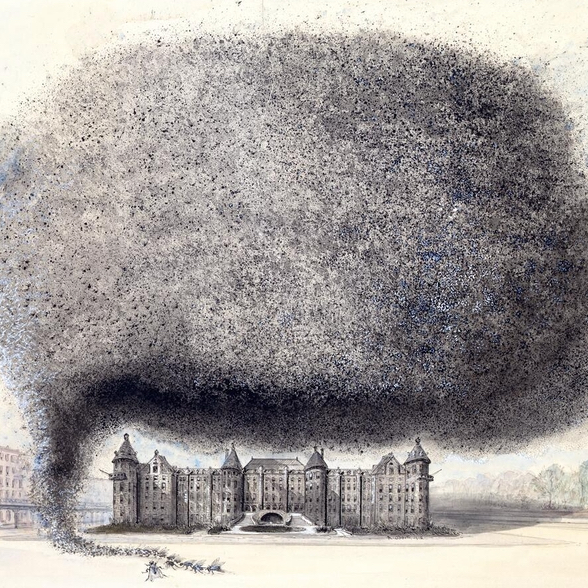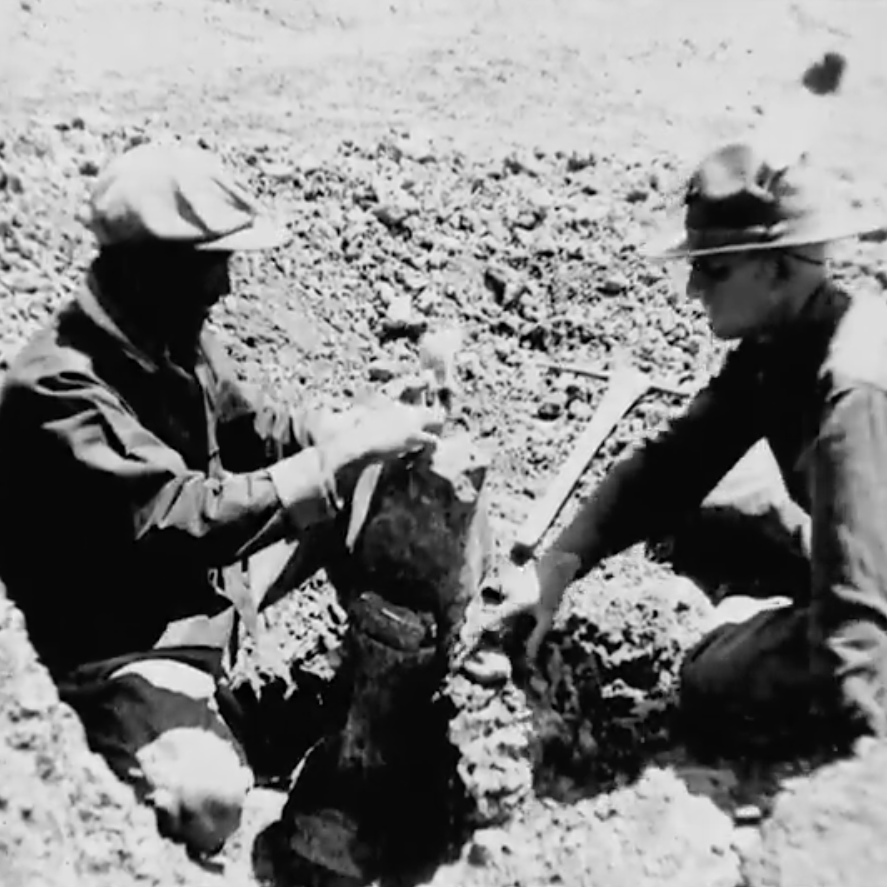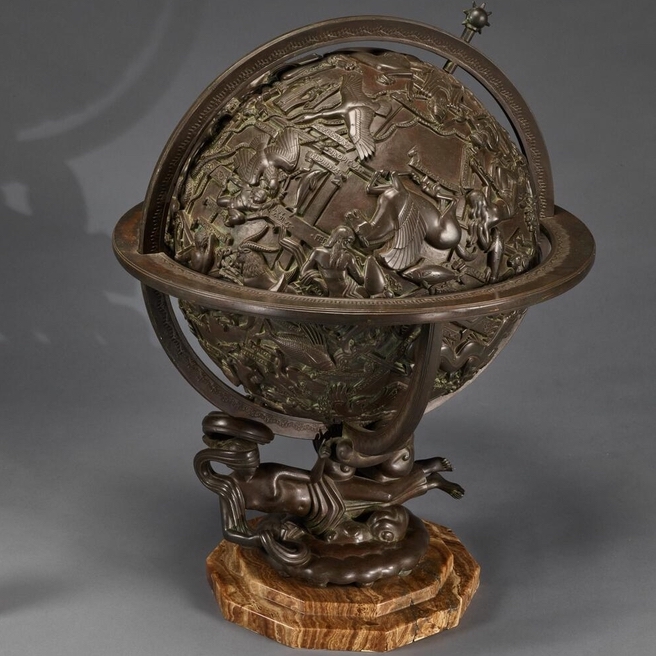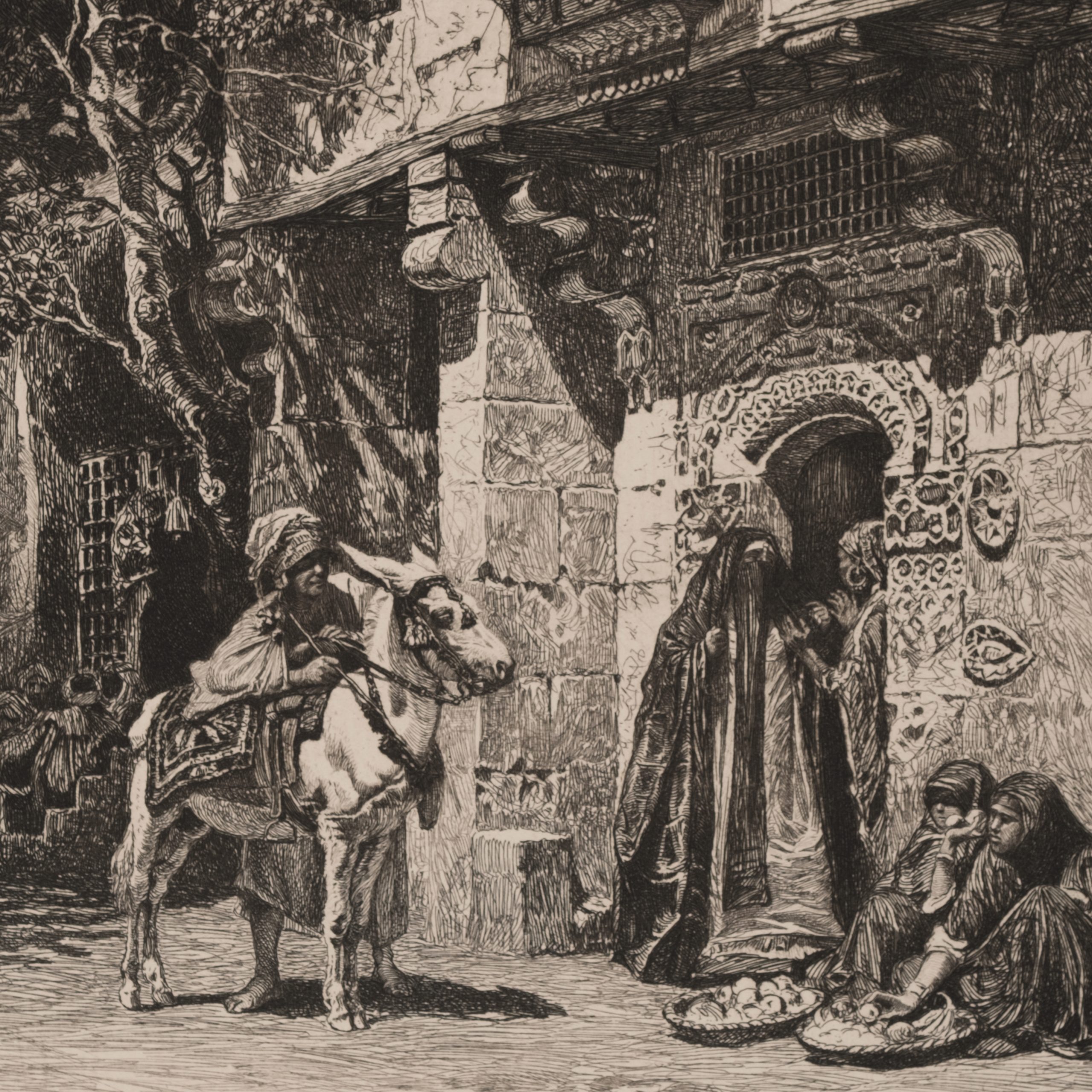Standing Figure: Shell skirt
Henry Moore (1898 – 1986)
7 ½ x 4 x 1.5 inches
Plaster and paint
1964
Gift of the artist
Henry Moore (1898–1986) was an English artist known for his sculptures, which hover between the abstract and the figural. Departing from the 19th Century style of sculptures in which he had been trained after his service in the British army during World War I, Moore turned in his work toward artists including Paul Gauguin and Pablo Picasso who were aesthetically influenced--and some would say the more accurate term is appropriated--the objects, artworks, and buildings made by the Indigenous peoples of South America, Oceania, and Africa. Moore also took inspiration from the natural objects he collected such as driftwood, rocks, shells account for the shell-like quality of “Standing Figure,” shown above. “Standing Figure'' exemplifies Moore’s artistic play between the abstract and the figural by suggesting a woman’s body-a frequent trope in his work-through the curve, shape, and disposition of the object. In 1967, Moore cast an edition of nine bronzes with one artist proof of this piece.
Written by Daniel Pfeiffer and Joel Sweimler
The Hall of Mollusks and Mankind
In December 1975 the American Museum of Natural History opened the Hall of Mollusks and Mankind, presenting exhibits on the significant role of mollusks in human culture and economy as well as its natural history. This new exhibit hall was considered very progressive with the combination of science, culture, and economy. Knowing that the artist Henry Moore drew on mollusk shapes in his work, the Museum wrote to Moore who offered to donate this small—just over seven inches tall—sculpture to the Museum for inclusion in this exhibition. Two members of the exhibition staff travelled to his studio in England to help choose which piece to display. The cast plaster figure, with a skirt modeled on an oyster shell, was presented as the centerpiece of the small permanent hall in a freestanding, cylindrical exhibition case. The oyster shell exhibited was found in the AMNH Invertebrates collection.
Written by Thomas Baione and Joel Sweimler
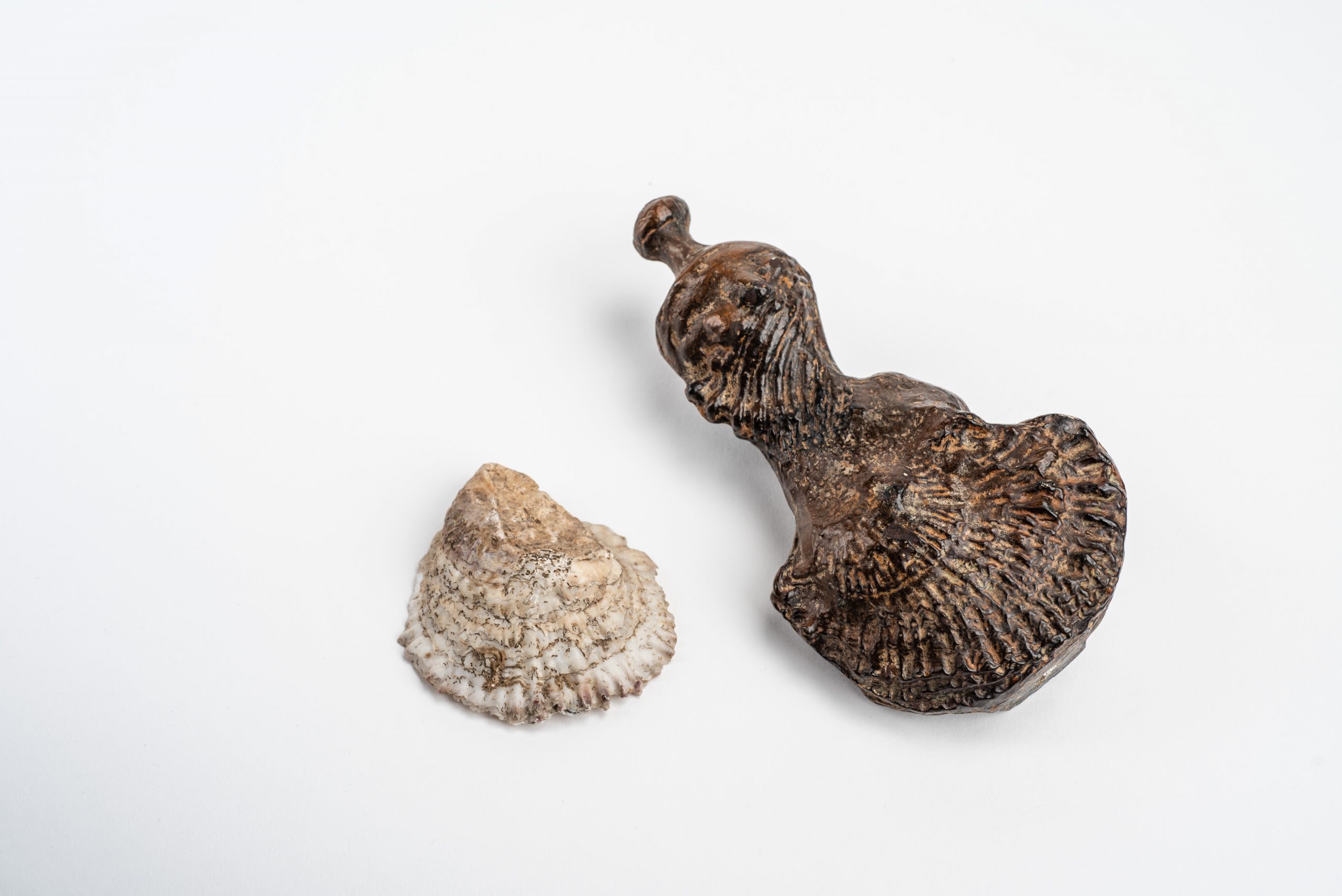
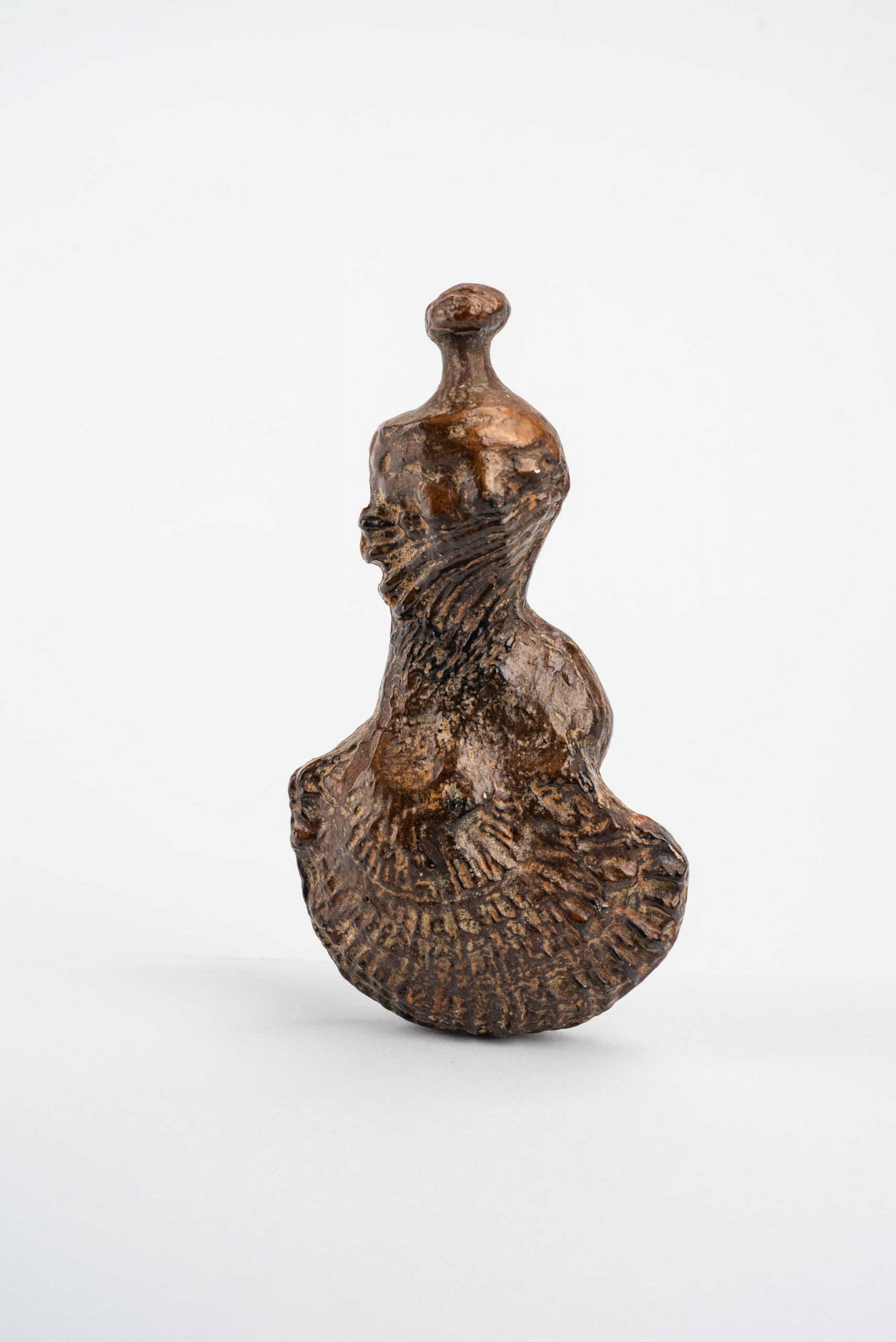
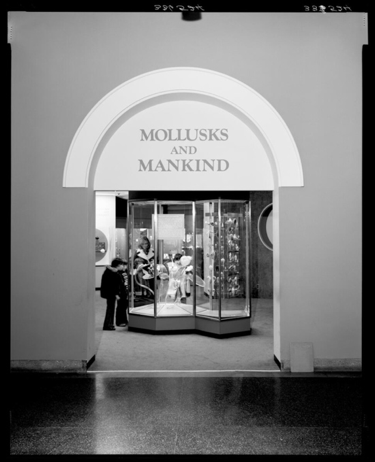

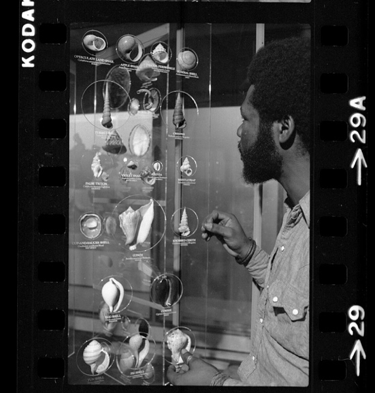
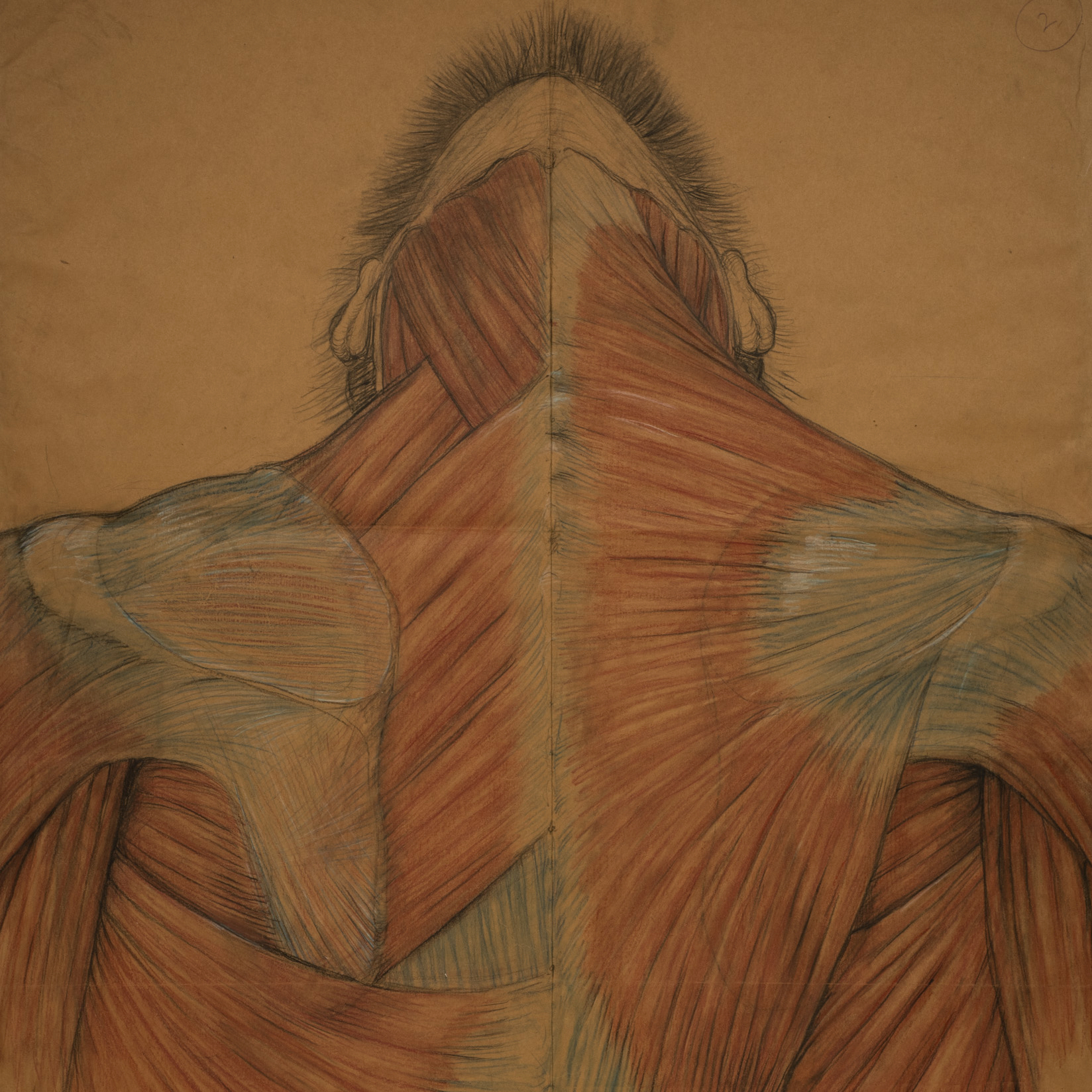

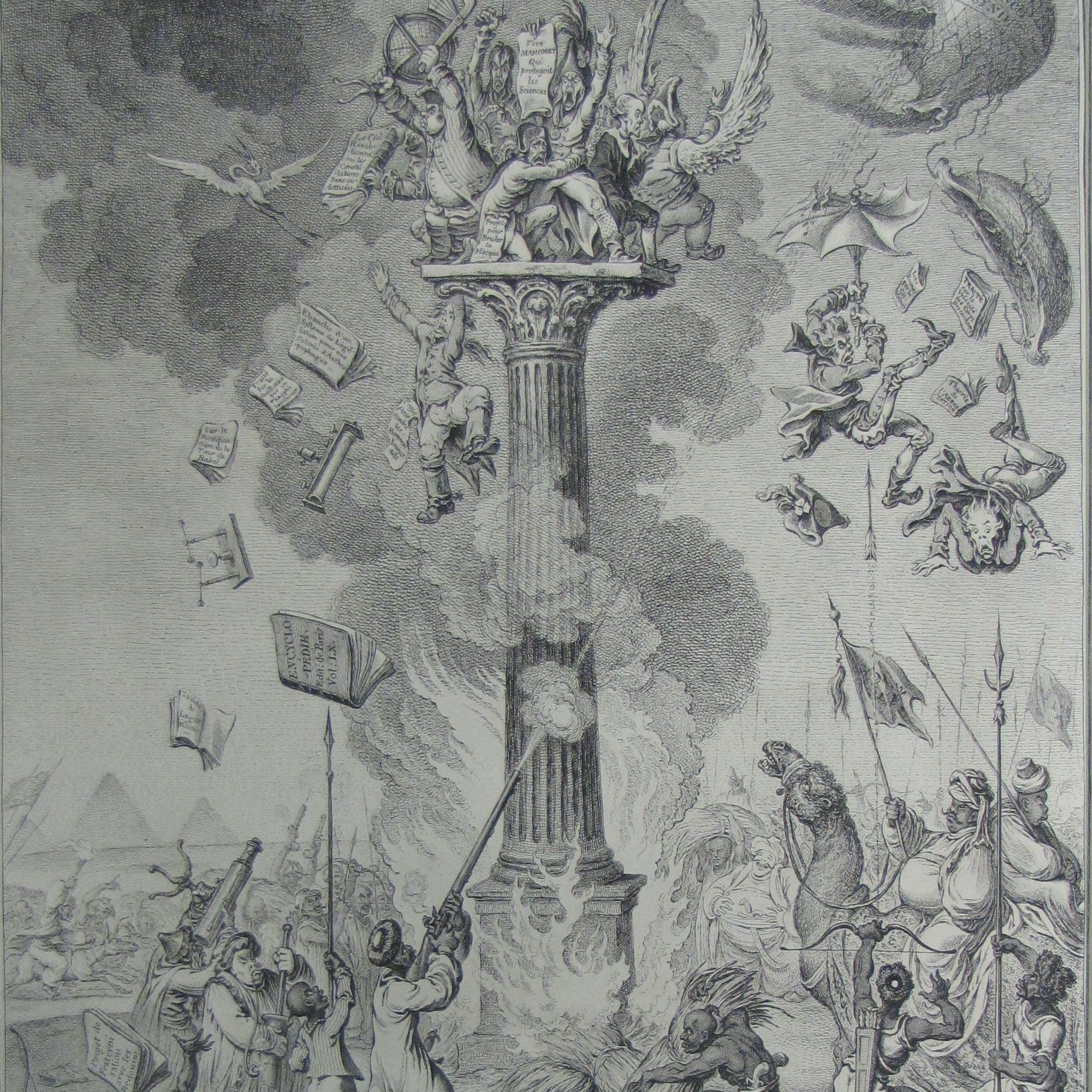

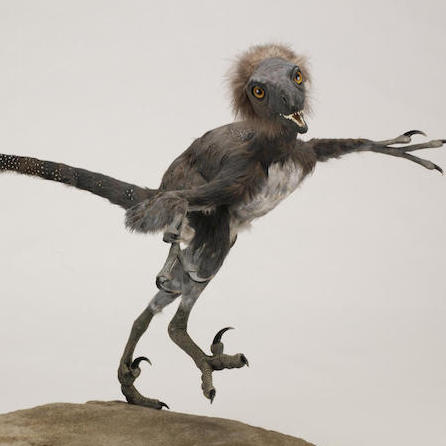
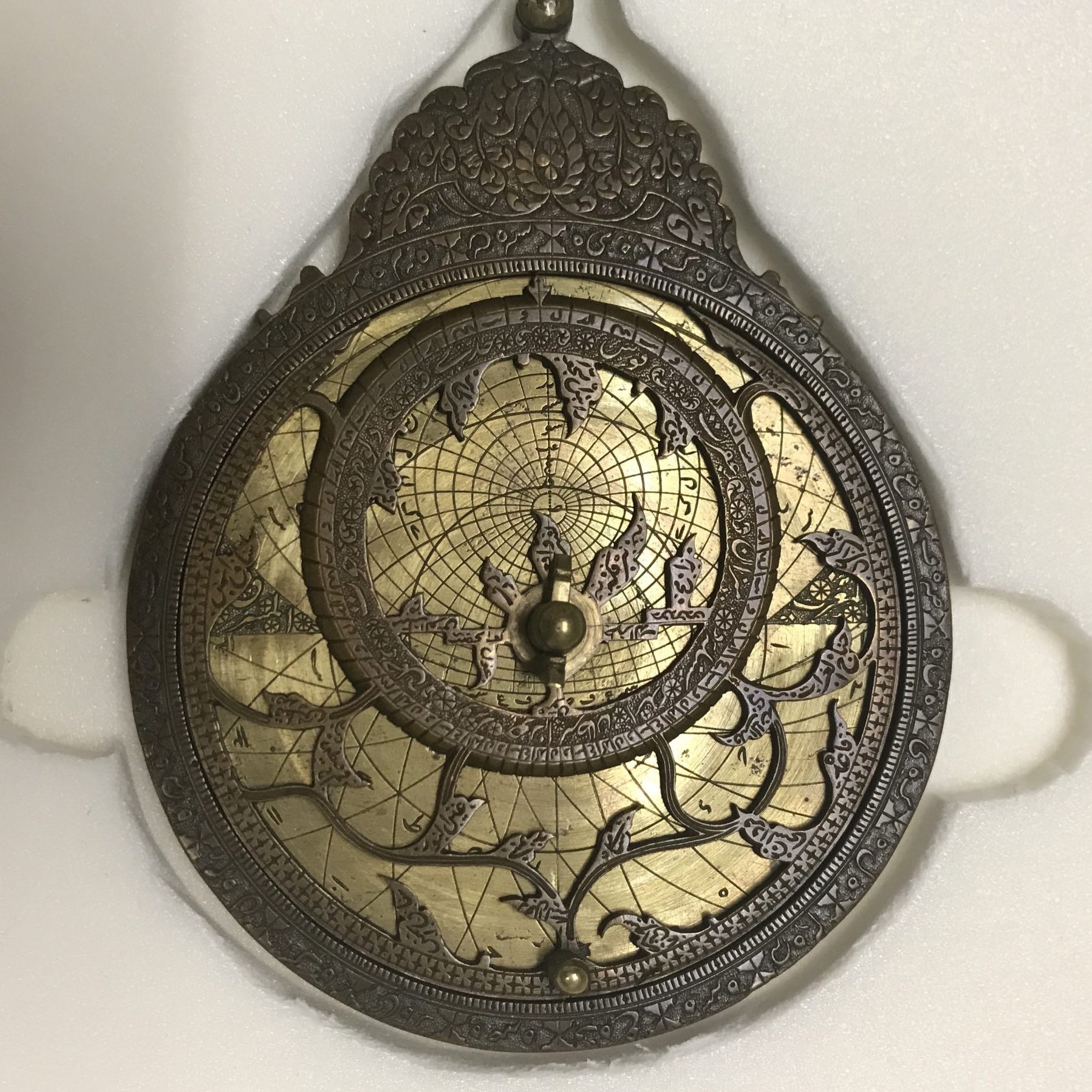

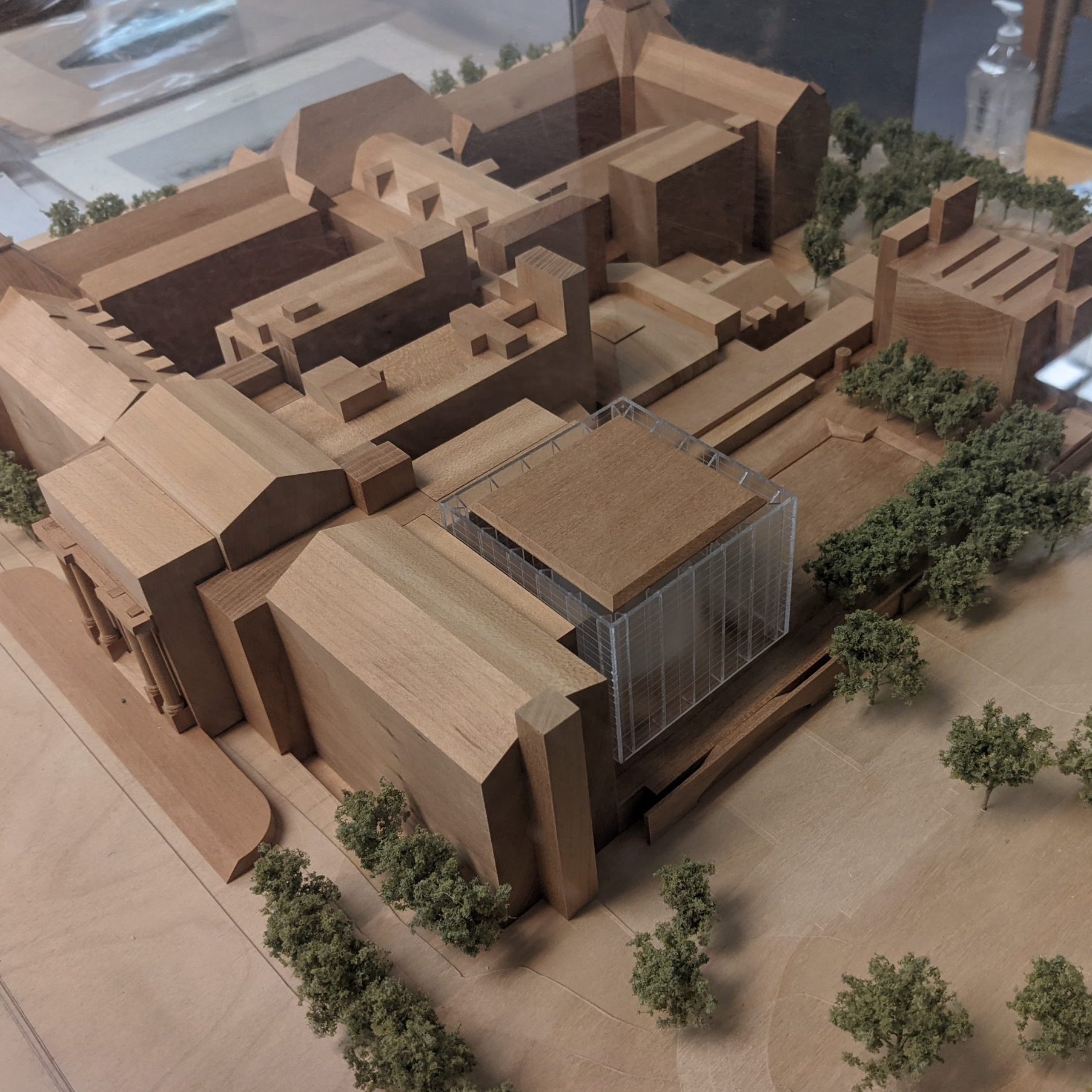
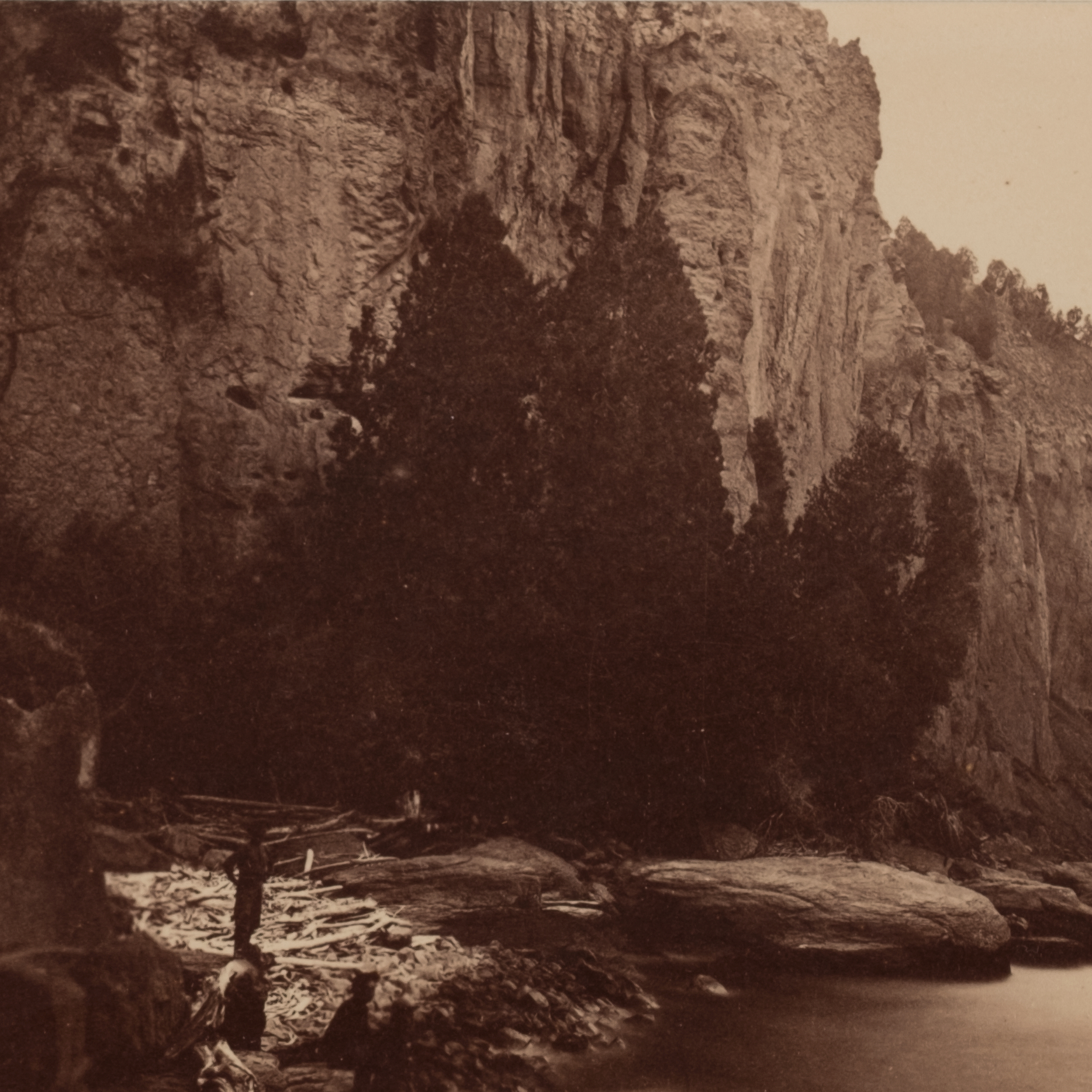
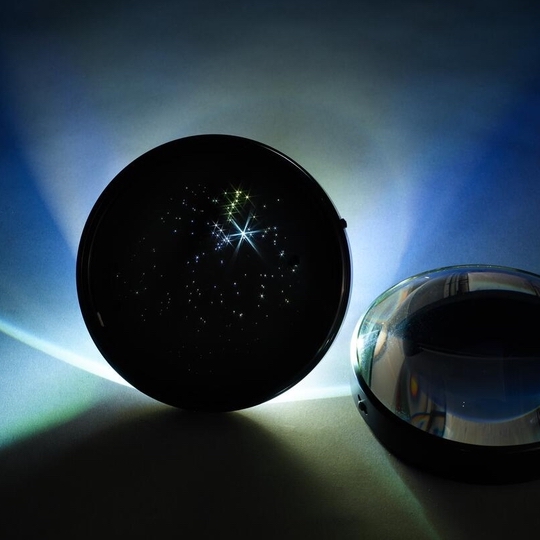
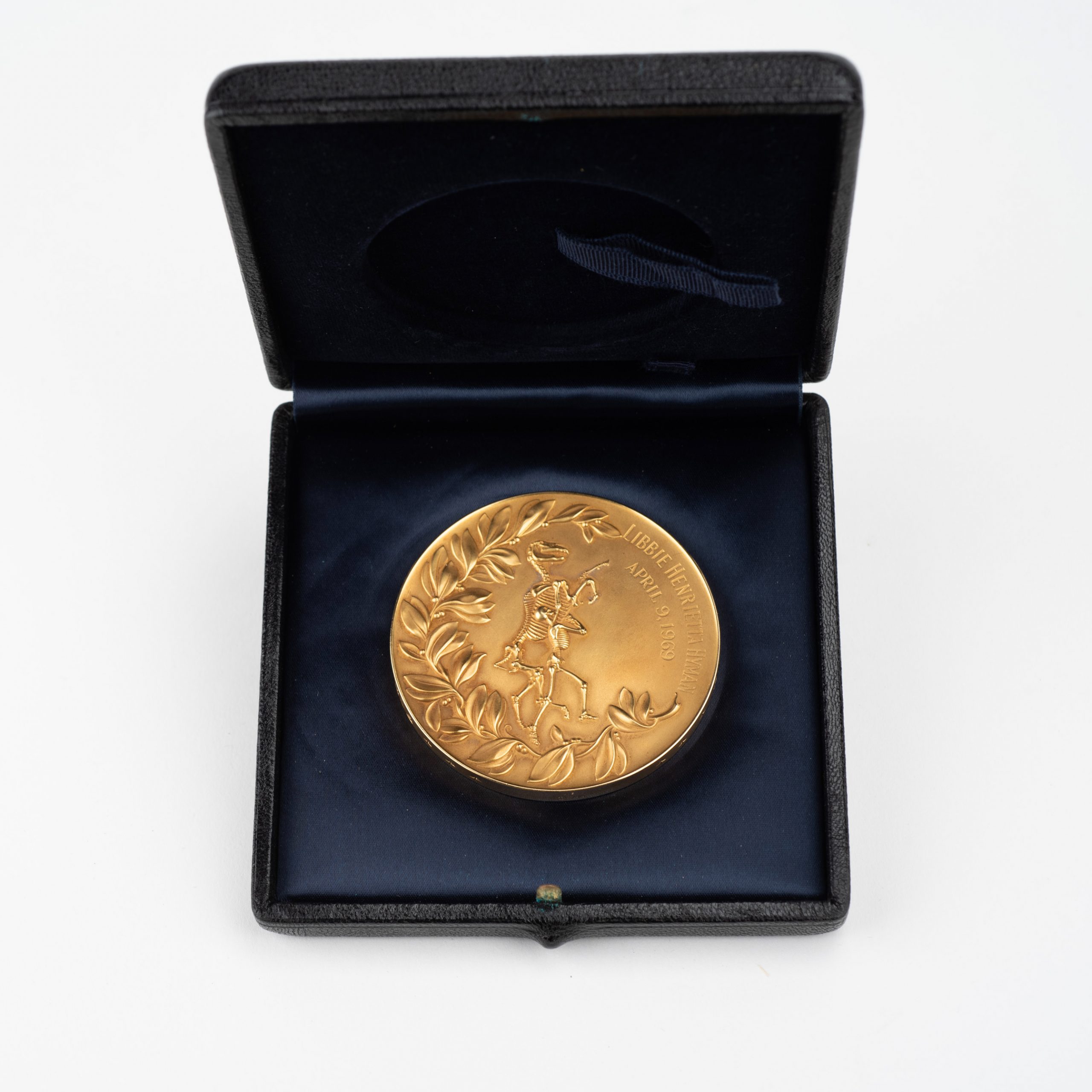

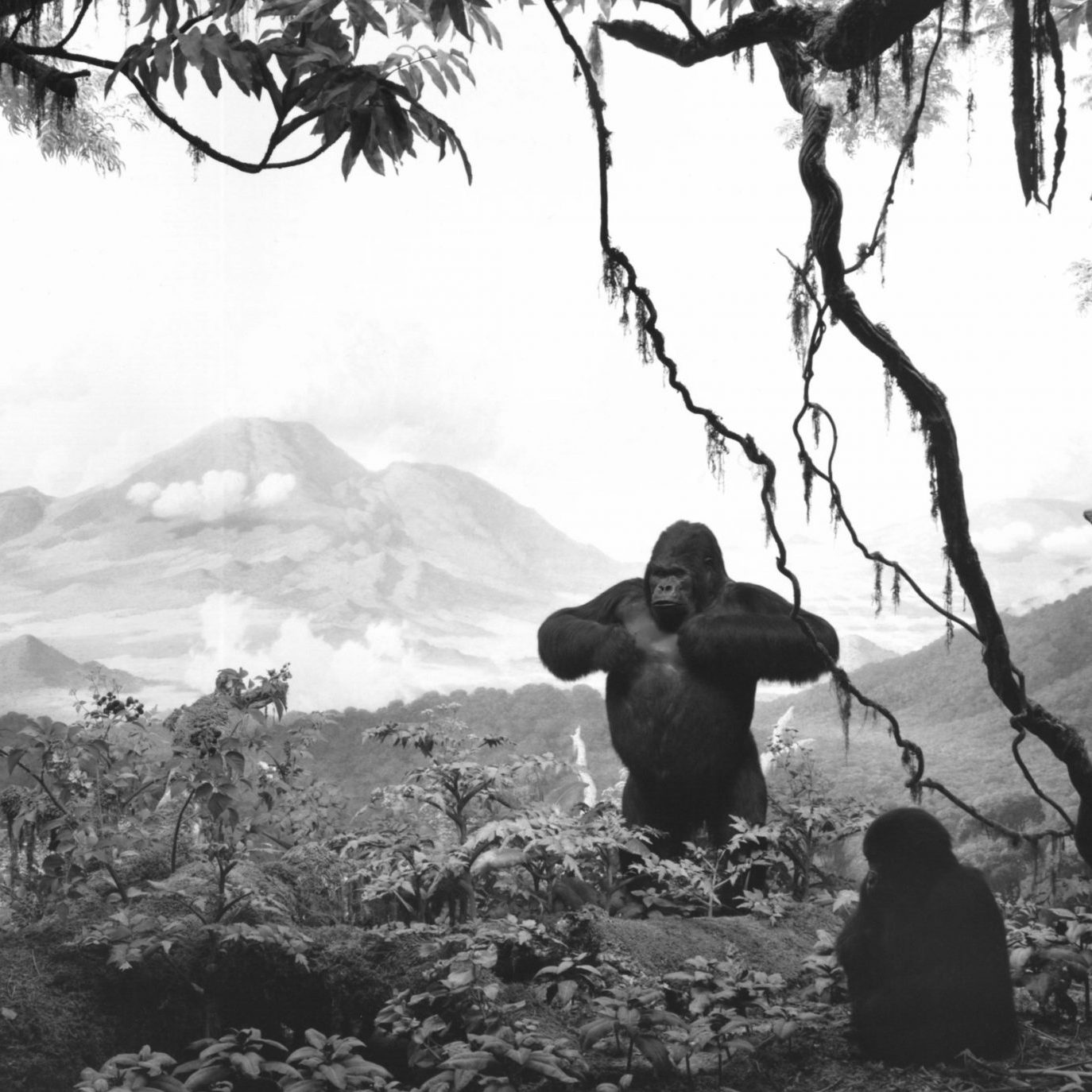
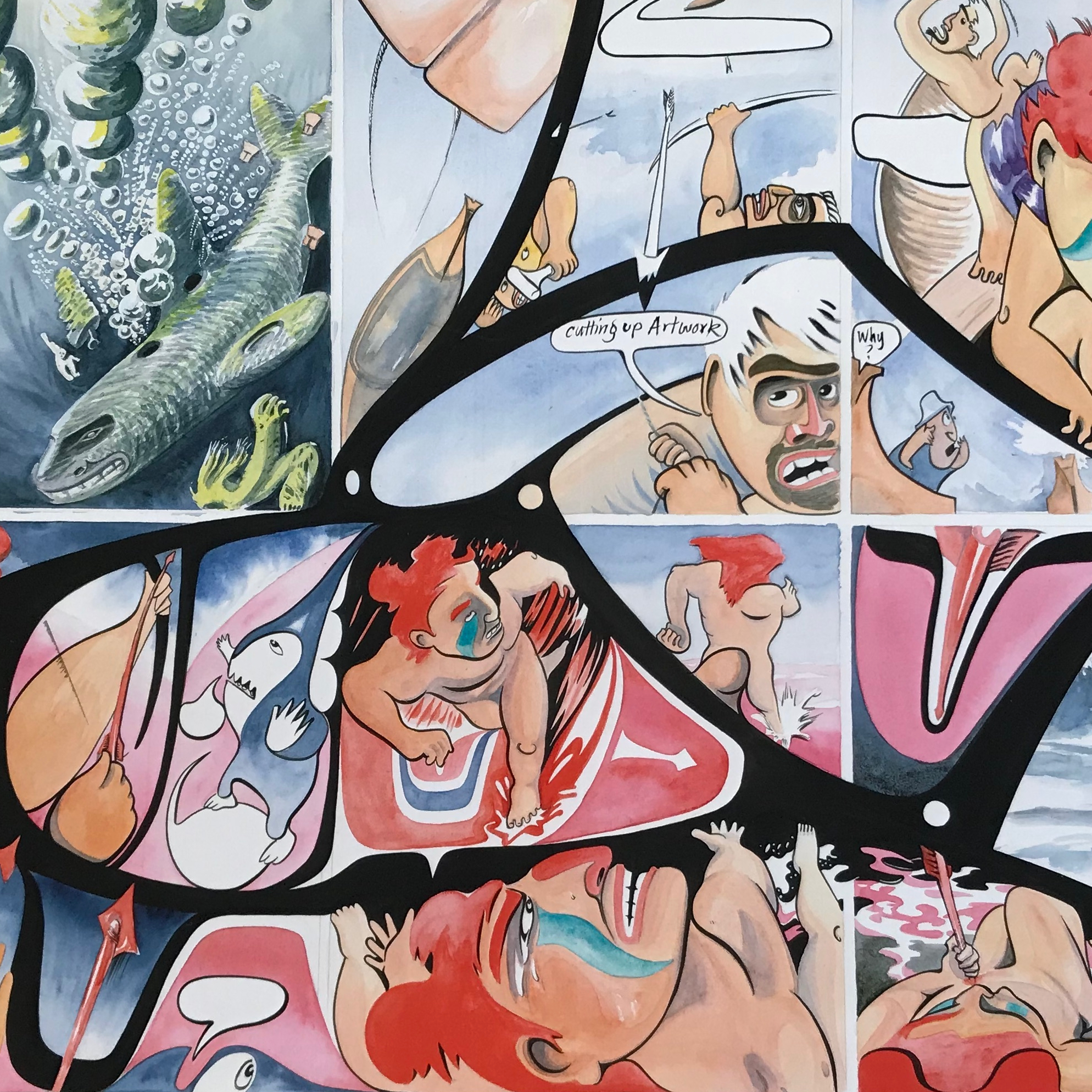
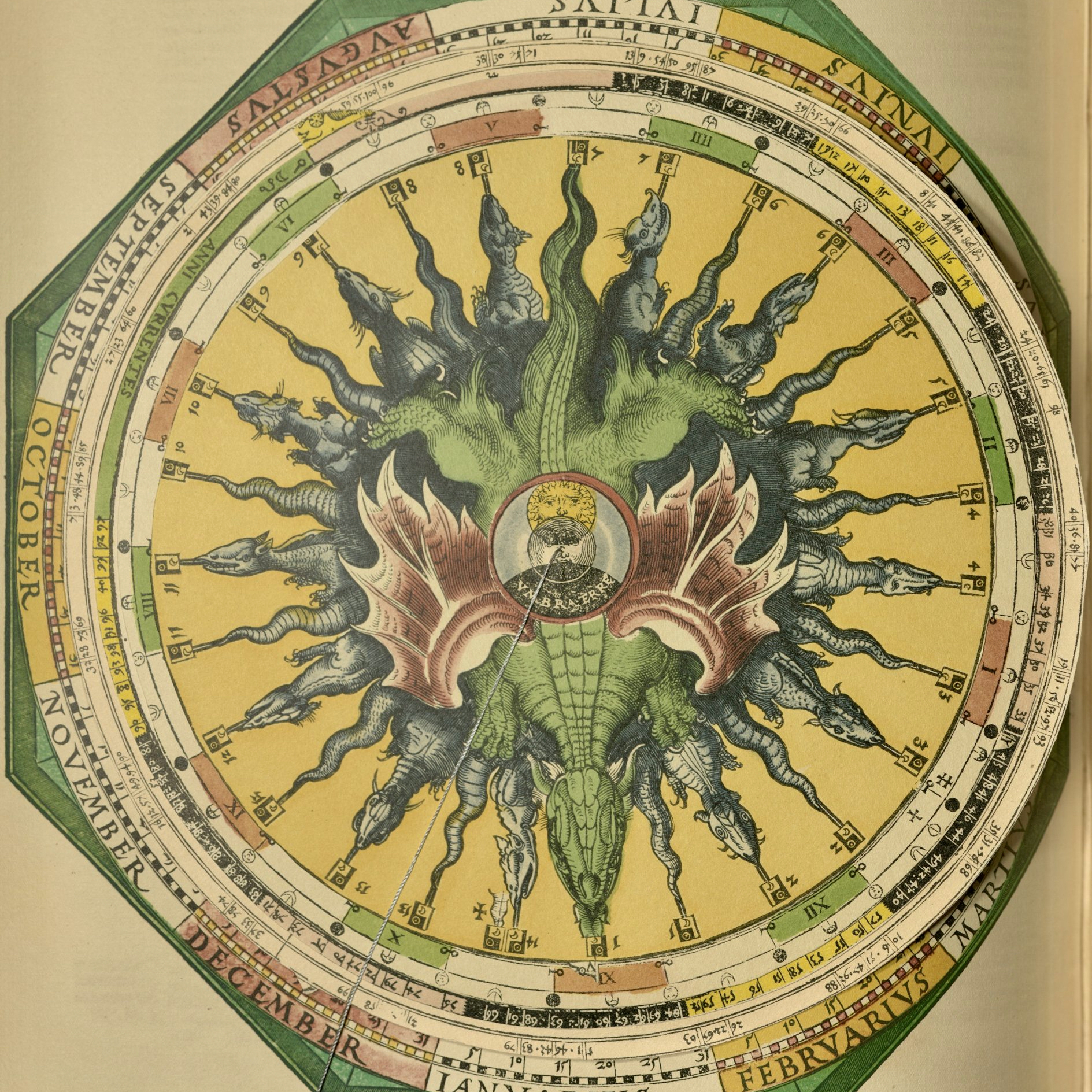
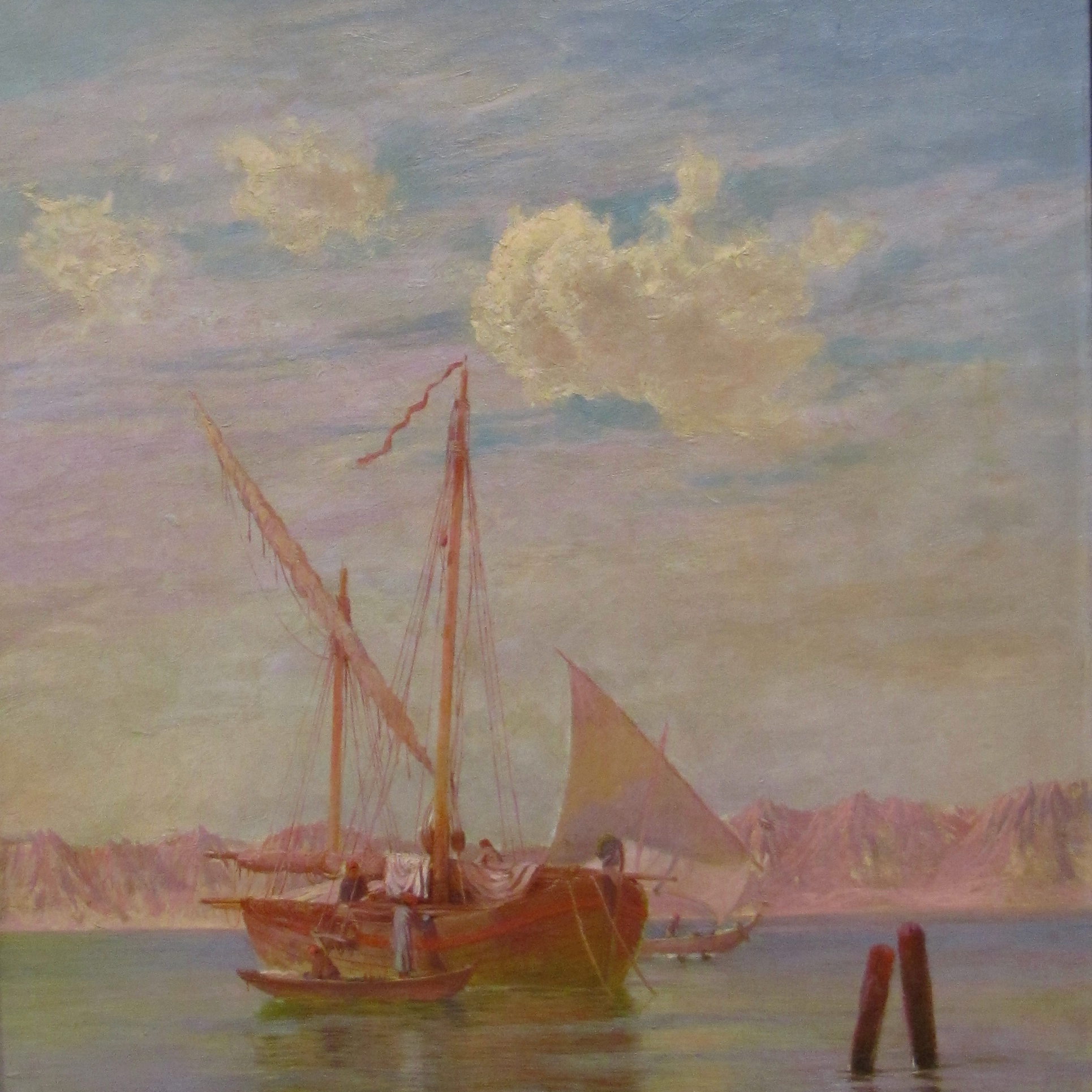

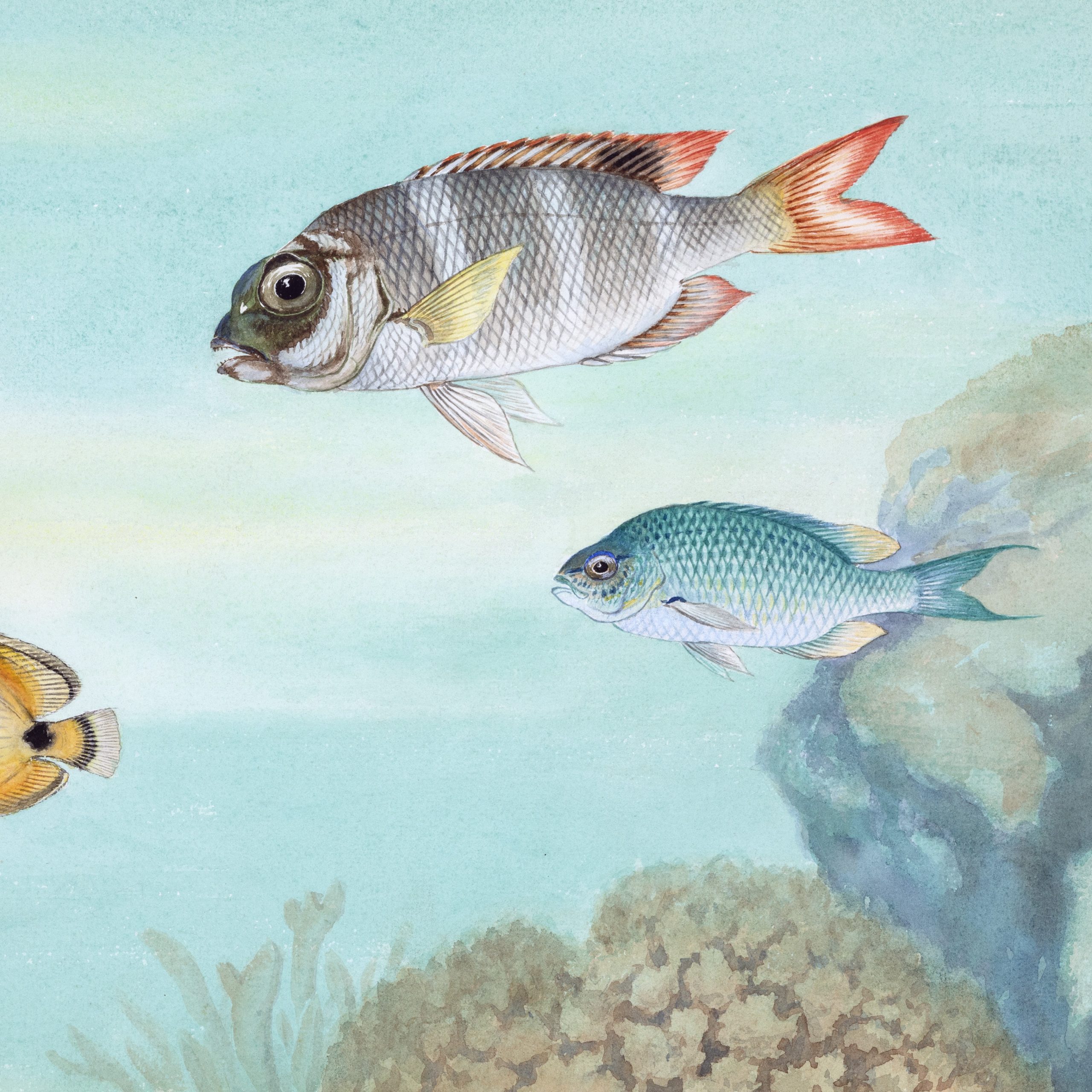
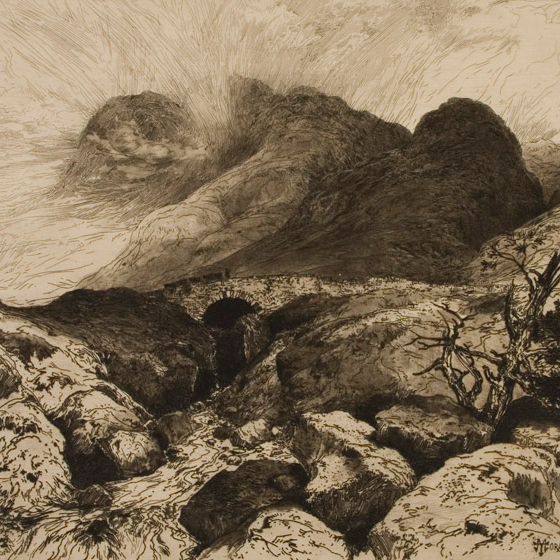
![Howard Russell Butler's [Hydrogen prominences]](https://futureoftruth.media.uconn.edu/wp-content/uploads/sites/2921/2023/01/k6584-square.jpg)

